
When you think of Amsterdam, chances are the first thing to pop into your head is the rows of crooked historical houses that line the canals of the city center. In the winter, these charming homes cast a glittering light (much like these adorable Amsterdam-inspired tea light holders) that reflects on the water, making the whole city feel rather cozy.
There’s no debate that Amsterdam has a unique architectural history, from the houses in the city center to the historical churches and state buildings. Its story begins with the very soil the city was founded on.
The city is built on wooden sticks
It’s no exaggeration, most of the homes in the city center are built on poles that hold them up. If you go back a couple of hundred years to the 12th century you’ll find that Amsterdam was nothing more than a simple fishing village built on a swamp. The ground consisted of soft peat and clay, making it difficult to build anything without risking the buildings sinking into the ground.

As a solution, the ever-adaptable Dutch drilled poles into the ground until they hit the first layer of hard sand. This allowed them to build their homes without the risk of them sinking into the soft earth.
Over the years these poles began to sink unevenly or accumulate rot, leaving the Amsterdam houses with a crooked appearance. Jordaan is a great example of this: if you take a stroll from the Anne Frank Huis to Noorderkerk and through all the meandering side streets, you can see how the homes curve in all directions.
all shapes And sizes
As a port city that was big on trade, travel by canal was the way to go. As a result, people squeezed themselves around the canals as much as possible. Fitting all of these houses into the city center meant they had to be small enough to accommodate the limited space, and so in the 17th century Amsterdam’s infamously narrow canal houses came to exist.
Don’t let the narrow outward appearance of these homes fool you, however. While they may look slim on the outside, these buildings are long on the inside and often even include a garden or, back in the day, a garage for coaches and horses.
Successful merchants populated these homes and would build their own ‘city palaces’ by buying two neighboring canal houses and turning them into one giant home – the Golden Bend (Gouden Bocht) of Herengracht exemplifies this tradition. Similar city palaces can also be found around Keizersgracht and Prinsengracht as you can see in the picture below!

Given their narrow design, moving large goods through these houses would have been a hassle. To solve this, the Dutch built the homes to tilt slightly forward. With the help of a hook fastened at the top, furniture was hoisted up and through the windows at the desired floor without hitting any walls or windows on the way. Canal houses were often used to store merchandise, and so merchants would hoist up goods like spices, cotton, coffee, and tulips to be stored in their attics.
The house located on Brouwersgracht is one of the most famous examples of this. You can easily recognise buildings that were used for storage by their large windows located in the middle (as you can see in these cute tea light holders)

Since the abolition of small-scale inner-city warehousing by Napoleon in the 19th century, these storage rooms were used for other purposes. Today, many of them have been turned into apartments.
Architectural styles through the years
There are three people to thank for the main architectural styles that dominated the city back when most of the homes were first built in the 17th century: Hendrick de Keyser, Jacob van Campen, and Philips Vingboons. Their works were an influential part of Amsterdam’s architectural history and many of their most important achievements can still be seen in the city today.
Hendrick de Keyser represents the onset of the Amsterdam Renaissance. Some of his most important works to date include the Zuiderkerk, Westerkerk, and Mint Tower. His style deviates from the classic Italian Renaissance and is characterized by Protestantism (fun fact: Zuiderkerk was the first Protestant church in the Netherlands).
De Keyser set the stage for Jacob van Campen, who ushered in the Dutch Classicism or Baroque style. This became Amsterdam’s preferred style and was more chic than the previous. His most famous works are the Rembrandthuis as well as Amsterdam City Hall which can be found on Dam Square, known today as the Amsterdam Royal Palace.
Philips Vingboons was a student of Van Campen and perhaps Amsterdam’s most important architect in the 17th century. As a Catholic man in a Protestant country, the city chose not to commission him for state buildings. Instead, he became an expert at weaving elements of Classicism into the narrow canal houses and ended up designing many of the homes that to this day line Amsterdam’s shimmering canals.
Amsterdam, preserved
Walking through the city in the 21st century is like taking a stroll through history; every brick has its own story to tell. The Dutch are well-known for their versatility and their ability to think outside the box – who else would think to build a city on wooden sticks?
Amsterdam as it is today has preserved much of its historical architecture, from the crooked and narrow houses on the canals to the intricate details that adorn them. The result is stunningly unique: a city with a character that is entirely its own.
If it’s been a while since your last visit to Amsterdam, don’t worry. Dutchgift.store has made it possible for you to recreate Amsterdam’s unique vibe in the comfort of your home with the help of these lovely tealights. Place a candle inside and watch as your own little canal house comes to life, bringing you a hint of the city’s deep history and a touch of Amsterdam’s magic.













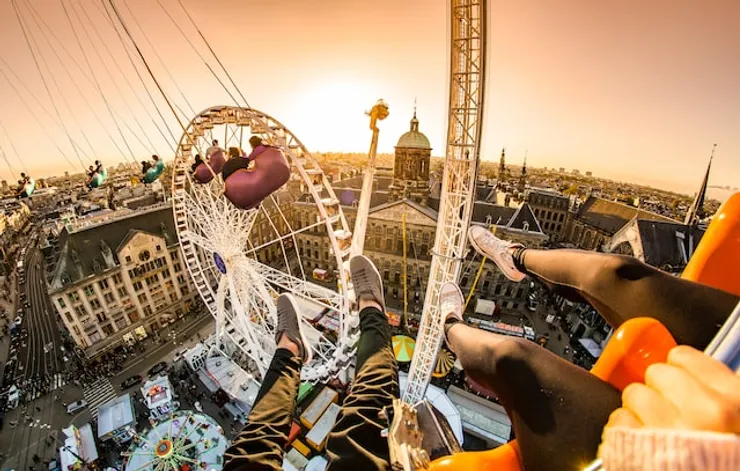
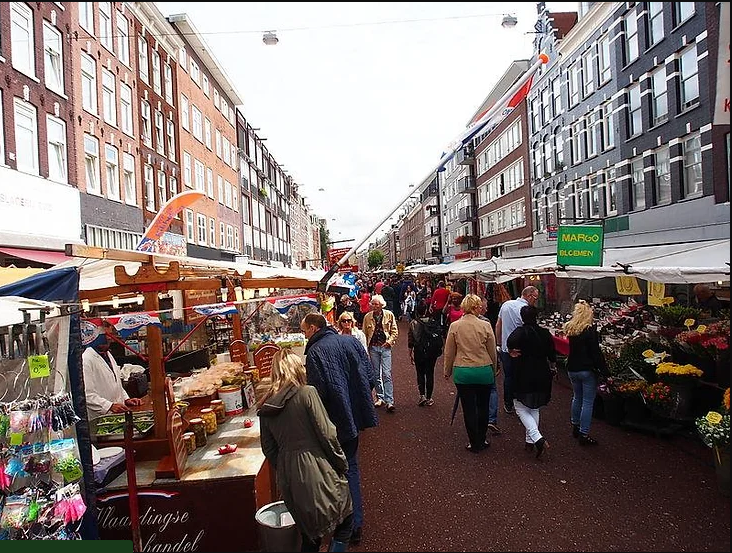

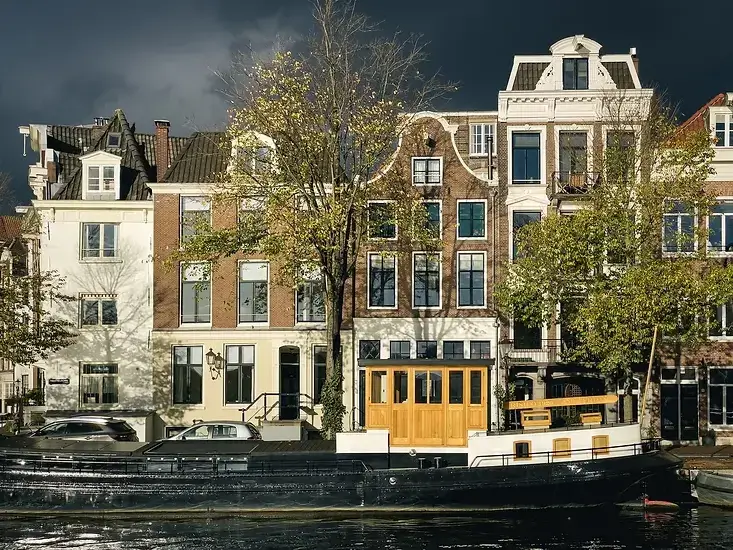

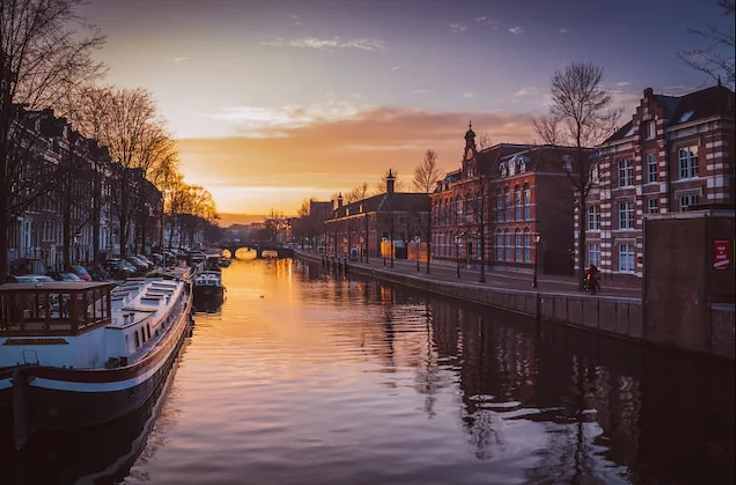
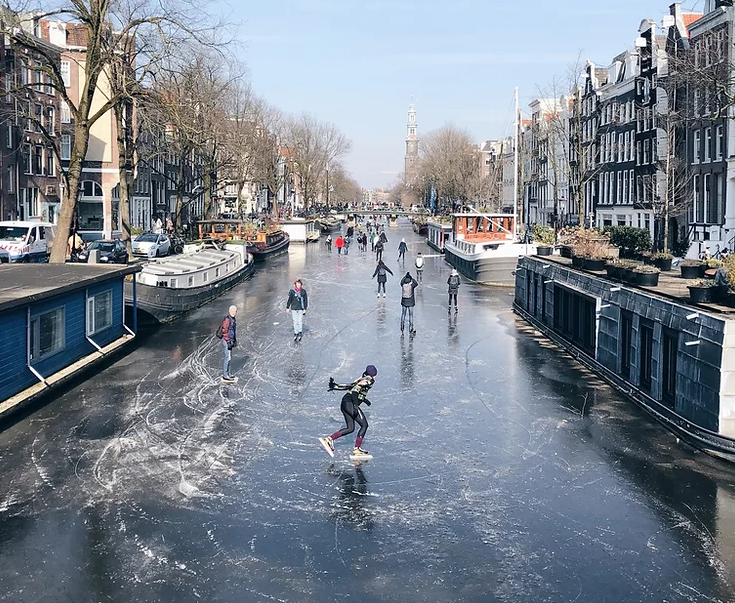
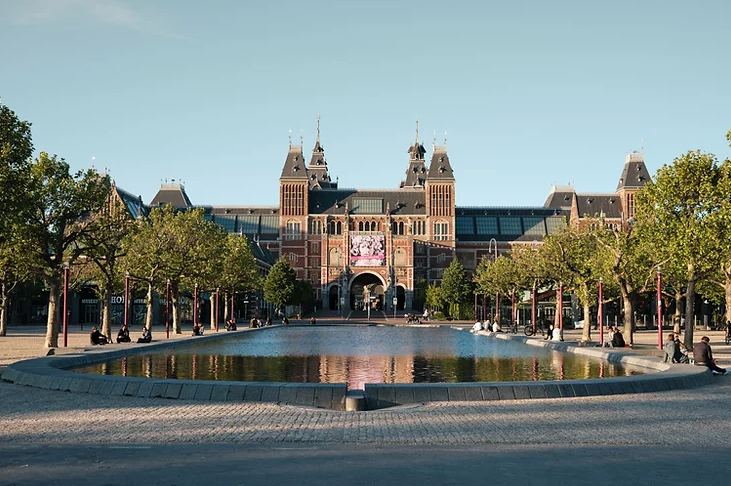
Leave a Reply